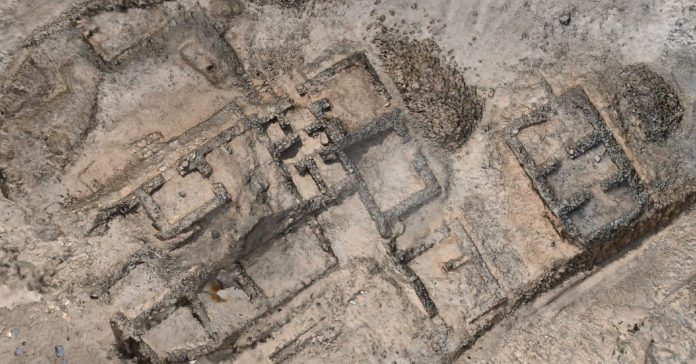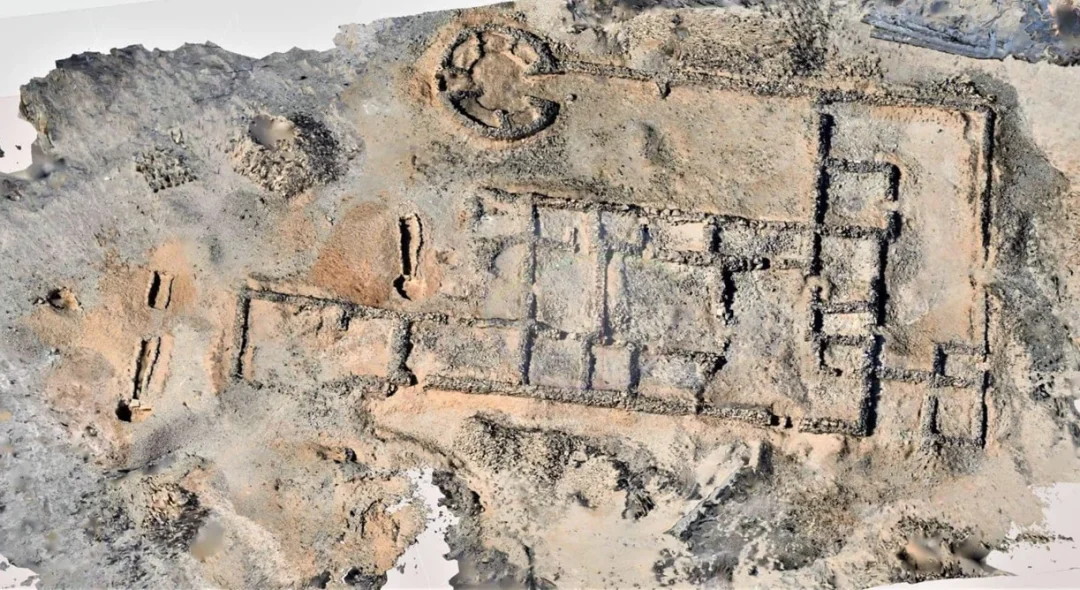
Deep in Egypt’s Eastern Desert, where the hum of modern machinery churns out gold from Sukari Mountain, an astonishing discovery was made. Beneath the sprawling operations of one of the world’s largest active gold mines, southwest of Marsa Alam in the Red Sea Governorate, archaeologists have stumbled onto a 3,000-year-old secret: a sprawling complex from Egypt’s Third Intermediate Period (circa 1070–664 BCE). Announced on February 25, 2025, by the Egyptian Ministry of Tourism and Antiquities, this find, dubbed the “Ancient City of Gold”, wasn’t on anyone’s radar. What started as routine preservation work exploded into a discovery that’s rewriting history, unearthing homes, workshops, and a high-tech gold hub right under the feet of today’s miners.
A Surprise in the Sand
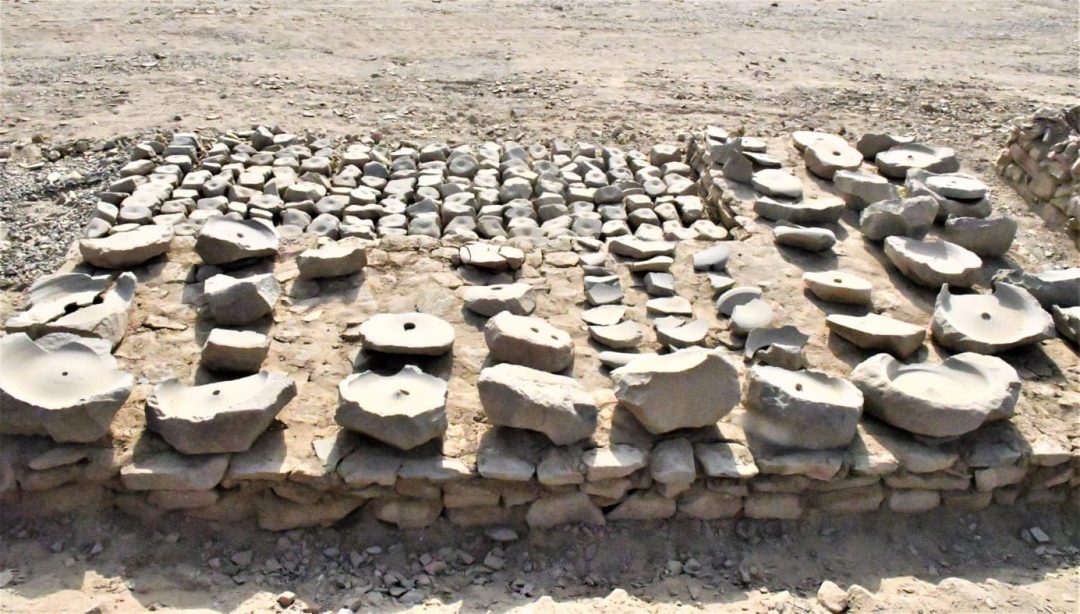
The Sukari Gold Mine is a juggernaut, a modern beast pulling millions of ounces from the earth. Two years ago, the Supreme Council of Antiquities (SCA) launched the “Revival of the Ancient City of Gold” project. Their modest goal: safeguard remnants of the past near the expanding industrial sprawl. Instead, they uncovered a jackpot—an intact settlement relocated three kilometers north to escape the mine’s destruction. Excavators peeled back desert layers and revealed more than scattered relics. They found a functioning world: miners’ homes, administrative buildings, temples, and a gold-processing factory. This site remained frozen in time, from an era when Egypt faced chaos but still dreamed in gold.
A Factory From Antiquity
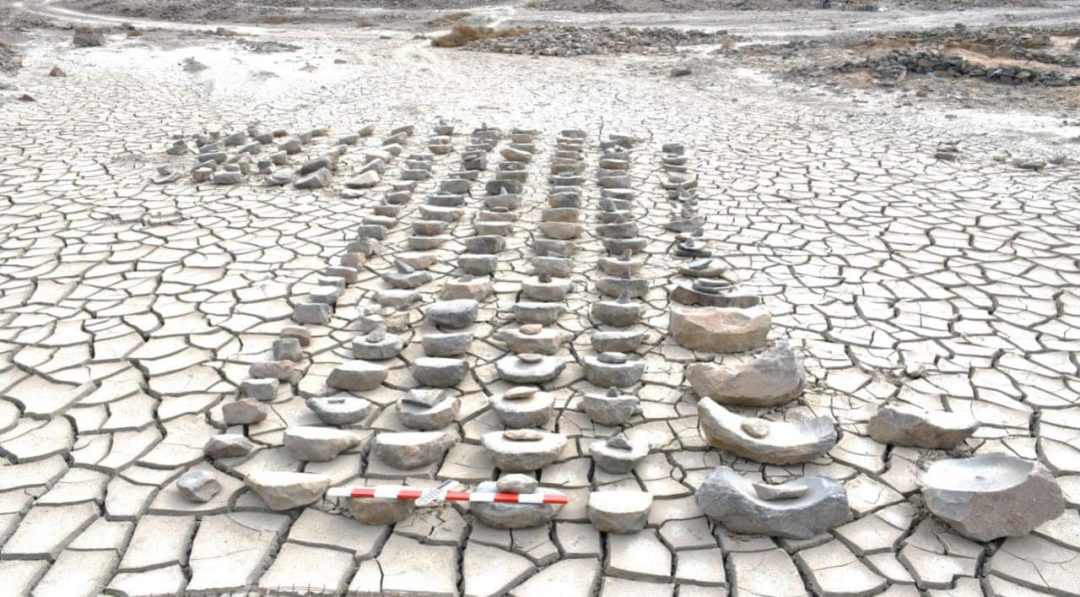
This wasn’t some slapdash dig site. The heart of the find is a sophisticated setup: crushing stations for quartz, grinding tools to powder rock, filtration basins to tease out impurities, and clay furnaces that once glowed with molten gold. It was a 3,000-year-old assembly line, precise and relentless, built by hands long gone. “This is a window into a mastery we didn’t anticipate,” said SCA Secretary-General Mohamed Ismail Khaled. Dated to a turbulent stretch after the Late Bronze Age collapse, it shows a society that didn’t just survive but engineered its way through the dark.
Signs of Life Among the Ruins
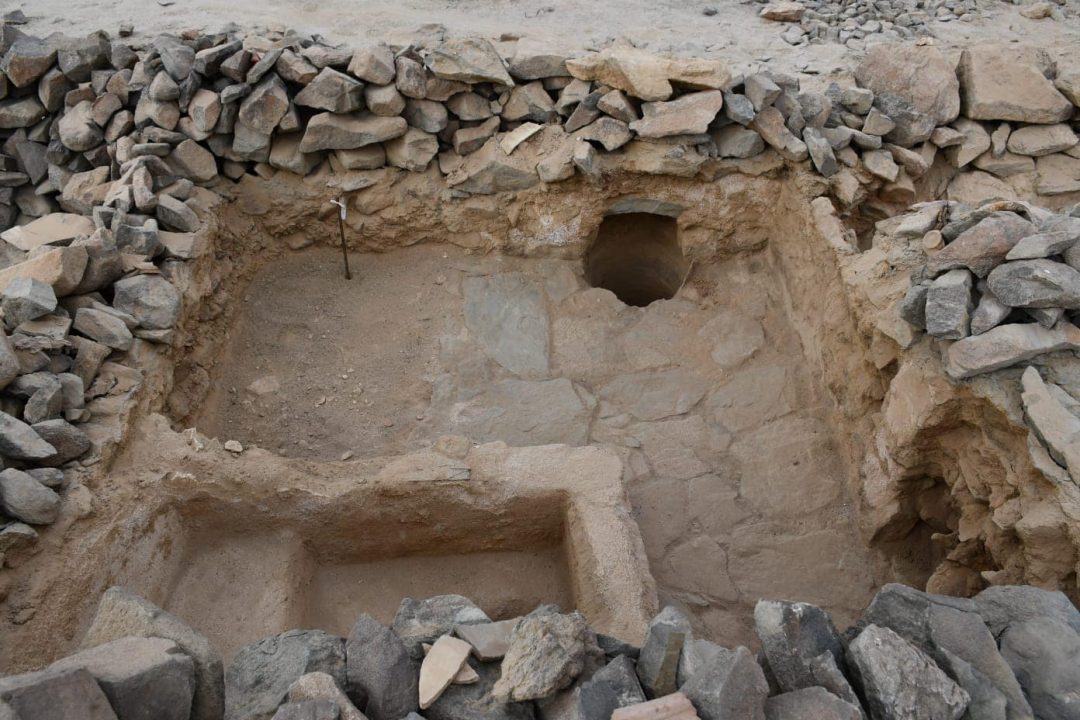
The miners didn’t just work here they lived. Rows of houses, some with Ptolemaic-era bathhouses tacked on, sketch out a desert community. Over 620 pottery ostraca, scribbled with hieroglyphs, demotic, and Greek, hint at daily bustle, while bronze coins, stone beads, and shell tools flesh out their world. Temples dotted the site, with offering tables, incense burners, and statues of Bastet and Harpocrates signaling a spiritual pulse amid the labor. Later Roman and Islamic layers show the place kept humming for centuries, a stubborn outpost in the wilderness.
A Past Unimagined
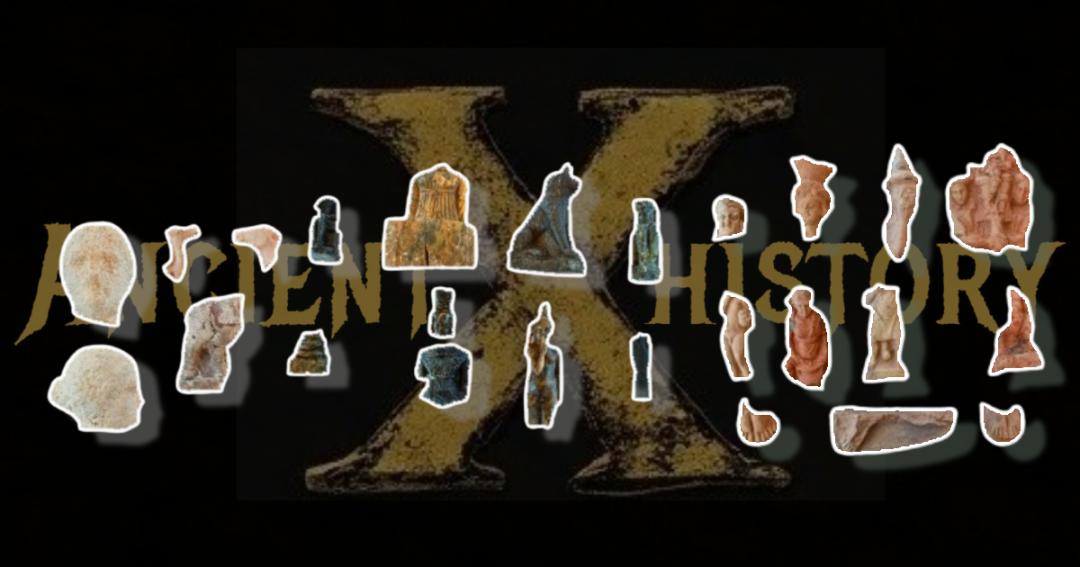
The kicker? This was all hiding beneath a site already tearing up the earth for gold today. Modern operators at Sukari, run by Centamin and AngloGold Ashanti, had no clue they were drilling over a ghost town that once did the same. The Third Intermediate Period often gets pegged as Egypt’s downturn, fractured kingdoms and faded glory, but this find screams otherwise. Here, in the rugged Eastern Desert, people weren’t just scraping by; they were building, refining, and thriving in ways that echo into the present. A visitor center now stands at the relocated site, screens flickering with images of furnaces and faded statues, bridging then and now.
History Rewritten
This isn’t about gold’s allure. It’s about the shock of finding a lost civilization buried beneath a roaring modern mine. The Sukari Mountain discovery forces a rethink. Egypt’s story in this era wasn’t just decline—it was defiance. People fought to keep the fires lit with grit and ingenuity. As digs continue, each shard and stone may reveal more of this hidden world. The past still has tricks up its sleeve. Come back to Ancient History X for more.

